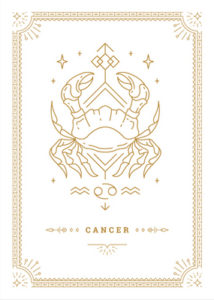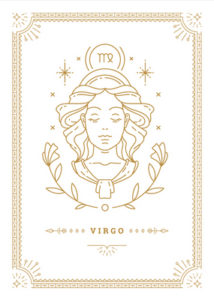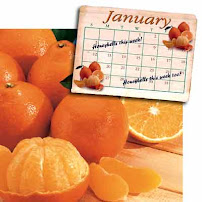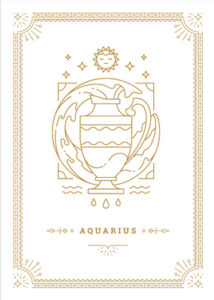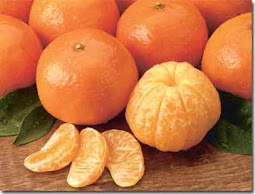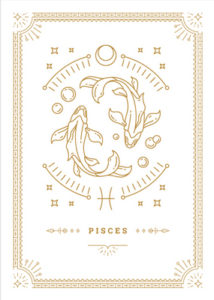On the first day of Citrusmas, my true love gifted me:
Some delicious easy-peel tangerines!
On the second day of Citrusmas, my true love gifted me:
Two Oranges with chocolate and some delicious easy-peel tangerines!
On the third day of Citrusmas, my true love gifted me: a Grapefruit Triple Play, two oranges with chocolate, and some delicious easy-peel tangerines!
On the fourth day of Citrusmas, my true love gifted me: Fabulous Four, a grapefruit triple play, two oranges with chocolate, and some delicious easy-peel tangerines!
On the fifth day of Citrusmas, my true love gifted me: Fiiiiiive Goooolden Honeybells! 
Fabulous Four, a grapefruit triple play, two oranges with chocolate, and some delicious easy-peel tangerines!
On the sixth day of Citrusmas, my true love gifted me: Six orange explosions, fiiiiive golden honeybells! Fabulous Four, a grapefruit triple play, two oranges with chocolate, and some delicious easy-peel tangerines!
On the seventh day of Citrusmas, my true love gifted me: Heavenly seven, six orange explosions, fiiiiive golden honeybells! Fabulous Four, a grapefruit triple play, two oranges with chocolate, and some delicious easy-peel tangerines!
On the eighth day of Citrusmas, my true love gifted me: eight white seedless grapefruit, Heavenly seven, six orange explosions, fiiiiive golden honeybells! Fabulous Four, a grapefruit triple play, two oranges with chocolate, and some delicious easy-peel tangerines!
On the ninth day of Citrusmas, my true love gifted me: Nine Fruit Lover's Assortment, eight white seedless grapefruit, Heavenly seven, six orange explosions, fiiiiive golden honeybells! Fabulous Four, a grapefruit triple play, two oranges with chocolate, and some delicious easy-peel tangerines!
On the tenth day of Citrusmas, my true love gifted me: ten ruby reds, nine Fruit Lover's Assortment, eight white seedless grapefruit, Heavenly seven, six orange explosions, fiiiiive golden honeybells! Fabulous Four, a grapefruit triple play, two oranges with chocolate, and some delicious easy-peel tangerines!
On the eleventh day of Citrusmas, my true love gifted me: eleven navel oranges, ten ruby reds, nine Fruit Lover's Assortment, eight white seedless grapefruit, Heavenly seven, six orange explosions, fiiiiive golden honeybells! Fabulous Four, a grapefruit triple play, two oranges with chocolate, and some delicious easy-peel tangerines!
On the twelfth day of Citrusmas, my true love gifted me: a Free Shipping Deluxe Box, eleven navel oranges, ten ruby reds, nine Fruit Lover's Assortment, eight white seedless grapefruit, Heavenly seven, six orange explosions, fiiiiive golden honeybells! Fabulous Four, a grapefruit triple play, two oranges with chocolate, and some delicious easy-peel tangerines!
Wishing you and yours a very happy holiday season, from all of us at Florida Fruit Shippers!






























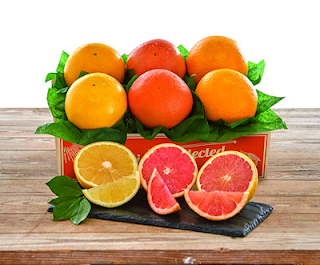

.jpg)
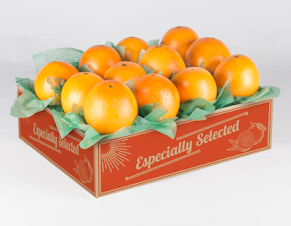







.jpg)











